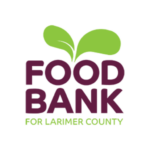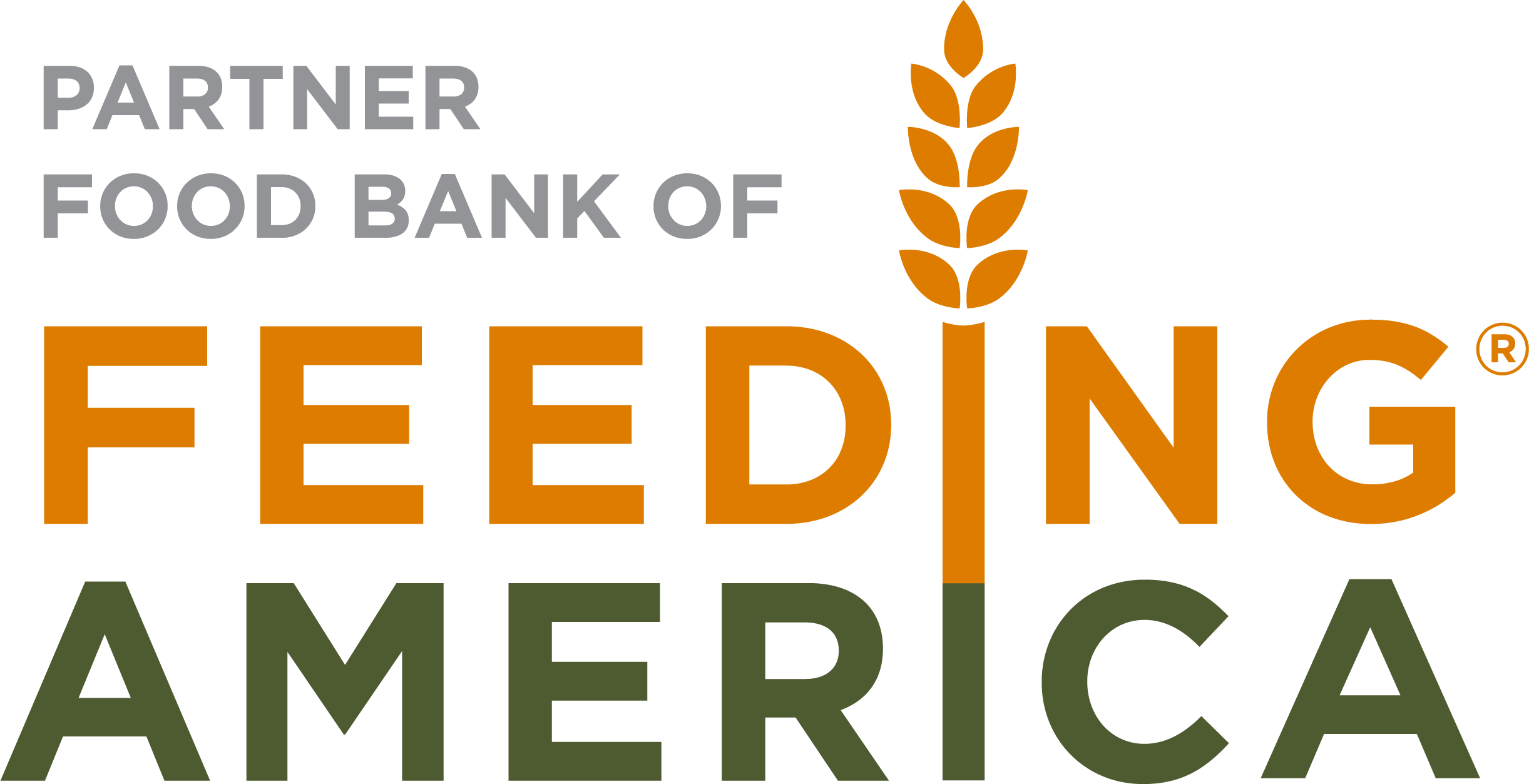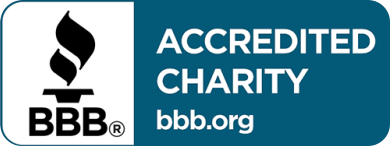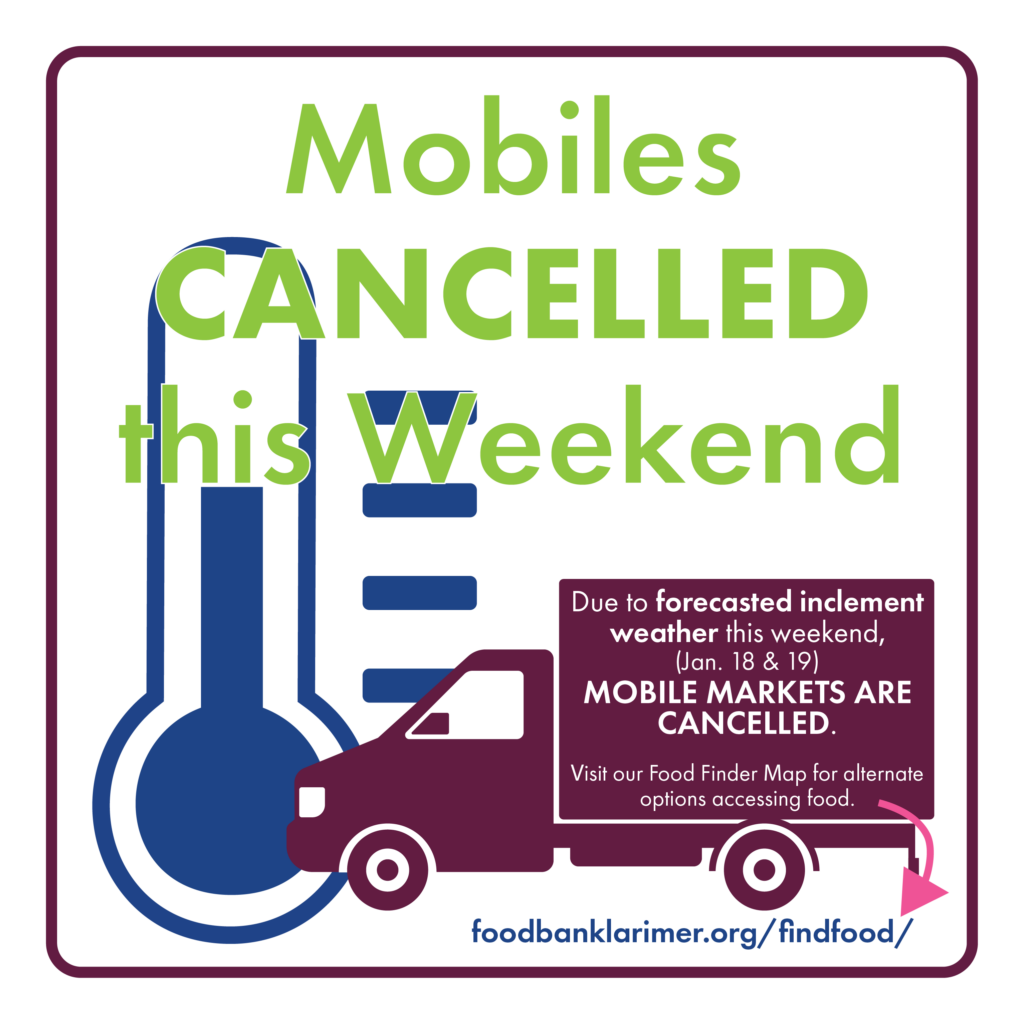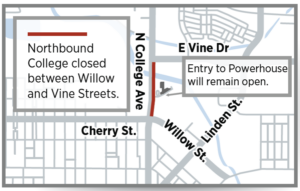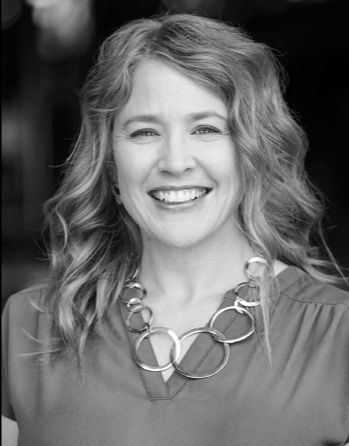
Note from the CEO
April, 2024
The origin of “food banking” as we know it today dates to the late 1960’s in Phoenix, Arizona.
It was then John van Hengel founded the world’s first food bank, St. Mary’s Food Bank, in 1967. While running a delivery route he noticed a woman going through a dumpster behind a grocery store. He decided to ask her about it, and she said, “they throw away perfectly good food.” She was right. At the time, van Hengel was “just a regular guy” by any measure; and his “aha moment” came on any regular day.
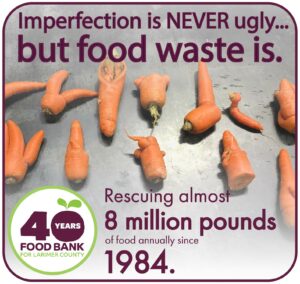 But it was then that van Hengel connected the dots between food insecurity and food waste and started what would eventually become the largest charity working to end hunger in the United States.… all because of this tiny—but meaningful—interaction.
But it was then that van Hengel connected the dots between food insecurity and food waste and started what would eventually become the largest charity working to end hunger in the United States.… all because of this tiny—but meaningful—interaction.
After founding St. Mary’s Food Bank, van Hengel helped build a national network for food banks he named Second Harvest. Later, in 2008, the network changed its name to Feeding America to better reflect the organization’s mission.
Feeding America currently includes 199 Partner Food Banks that together feed more than 46 million people each year and operate in every county in the United States.
The modern-day concept of food rescue quite literally began with food banks.
The phenomenon discovered in Phoenix was going on across the country: perfectly good food was being wasted while there were people who did not have enough to eat. Wherever food was being wasted, a system was needed to access that food and redistribute it to those in need. Food banks quickly became the primary and central distribution place for that to happen.
The operational concept developed then continues today.
The shared primary mission of Feeding America Partner Food Banks has always been to recover food before it’s wasted to prevent people from being food insecure. And, while this has always been a core function of food banks, the way we meet clients’ needs has changed a lot over the decades.
In the “old days” (think 1980s and 90s), food banks rarely rescued fresh foods; they were more focused on shelf-stable foods. This was because the concepts were new, and innovation takes time. It was also because of the complex and sophisticated transportation and logistical planning required to move fresh items and the food safety protocols that must be in place to run the process well. Once we did start to distribute produce and other fresh foods, it was immediately successful and continued to grow in positive ways very quickly.
There are many reasons for excess and unsold food at grocers and other food manufacturers and retailers. Often items are overproduced in the first place. Perhaps the items include seasonal packaging, products get past their “sell by” dates (which is NOT AT ALL the same as being expired), farmers have foods that don’t meet the cosmetic or VISUAL standards of their normal buyers (retailers). In all these examples and more, rather than this food being wasted, we rescue it.
The more recent concept of “ugly food” (produce that does not meet visual standards) has created profit-building business in recent years, but food banks across the country have practiced this for over 20 years.
Like the “ugly food” movement feels new to some, the idea of food rescue feels new to many, too. And we (food banks) couldn’t be happier that this idea of redirecting and redistributing food to those in need is now a practice everyone seems to know about! The more organizations working to limit food waste and feed people experiencing food insecurity, the better!
At the end of the day, rescuing food equals less waste and improved food security. Taking better care of our environmental resources and sharing what we’re not using with those who can use it just makes sense.
Read more about our food rescue work here.
